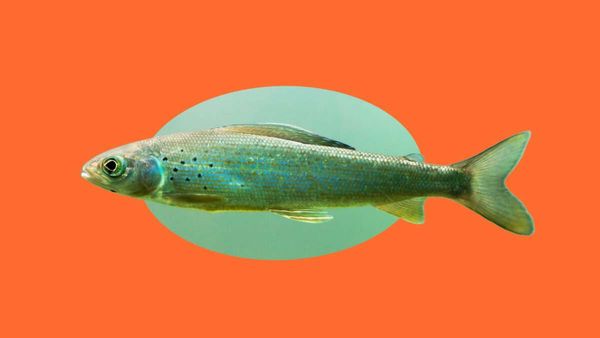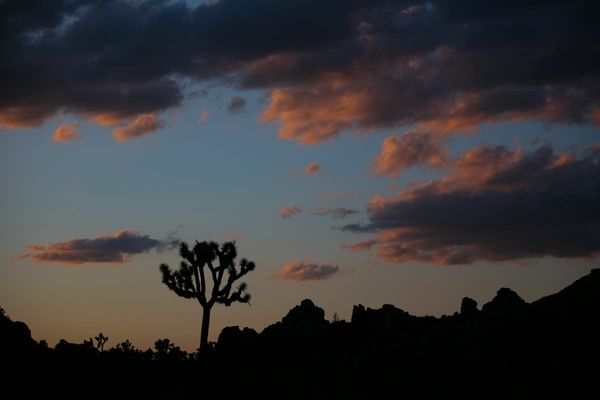
The Biden administration plans to propose regulatory changes Wednesday to encourage voluntary conservation projects on private land, partly by shielding owners from punishment if their actions kill or harm small numbers of imperiled species.
The proposed U.S. Fish and Wildlife Service rule outlines steps to simplify permitting for damage that otherwise would be illegal under the Endangered Species Act. The Associated Press obtained details on the proposal prior to its public release.
To qualify, landowners take steps that would benefit declining species, including pollinators such as bumblebees and monarch butterflies.
The idea is to make landowners allies rather than adversaries as climate change, urban sprawl and other trends jeopardize more animals and plants. The United Nations says up to 1 million species could go extinct worldwide, many in the next few decades.
Preventing such losses will require protections on both private and public lands, officials told AP.
“We believe very strongly that collaborative conservation is the way forward,” U.S. Interior Secretary Deb Haaland said in an interview. She added in a statement that partnerships would “set us on a course for continued recovery and resilience.”
The proposed rule involves a section of the federal law that offers exceptions to its broad prohibitions on harming species listed as endangered or threatened. It allows “taking” — killing — individual plants or animals for scientific purposes, or to preserve a species through steps such as establishing new populations.
It also allows such harm if it's an unintended result of an otherwise legal activity such as logging, mining and oil and gas development.
Killing or harming members of listed species under those circumstances requires a permit, accompanied by plans for limiting the damage and conserving the species overall.
“These are tools that are valuable and popular, but are largely constrained by the fact that they are time consuming and expensive to negotiate,” said Jonathan Wood, a vice president at the Property and Environment Research Center, which supports a free-market approach to environmentalism.
The proposed new rule is designed to make reaching such deals easier and get more landowners to take part.
It would combine two existing types of protection agreements into one. It also would allow owners eventually to stop their protection measures — for example, by cutting trees they had allowed to grow for the benefit of woodland species such as birds or bats.
Another provision would allow issuance of permits for harming individuals of species that haven't been listed as endangered or threatened but could be in the future. The landowner would begin protective measures immediately but couldn't hurt or kill any of the animals or plants until their species are listed. That could help them recover well enough that legal protections aren't needed.
"We anticipate that these improvements will encourage more individuals and companies to engage in these voluntary programs, thereby generating greater conservation results overall,” the Fish and Wildlife Service said in a regulatory filing.
Environmental law experts said the strategy is worth trying but success isn't certain — particularly since it opens the door to more “incidental” deaths and gives landowners the option of dropping conservation efforts.
“This is not a risk-free rule,” said Pat Parenteau, an emeritus law professor at the Vermont Law and Graduate School. “It may not work out to the net benefit of the species in question.”
Most endangered species live largely on private land, so the government has little choice but to seek voluntary cooperation, accept tradeoffs and assure owners they'll be able to manage their property, said Dan Rohlf, a professor with the Lewis and Clark Law School in Portland, Oregon.
But an agreement that doesn't require permanent conservation measures “sends a message to non-federal landowners that species conservation is ultimately not your obligation,” Rohlf said. “It says that hopefully we'll recover a species somewhere else than your land. And that may or may not be true or possible."
Wildlife advocates have criticized the use of conservation agreements in cases including Arctic grayling, a fish struggling to survive in parts of Montana.
Advocates sued the government last week, contending a deal reached more than a decade ago involving the Big Hole River and its tributaries — home to the grayling and a water source for agriculture — had failed to stop the fish's decline.
The agreement wasn't enforceable and didn't go through a public process so experts could weigh in, said Kristine Akland, an attorney with the Center for Biological Diversity.
“The concept is great: State and private entities and the federal government all come together and agree to abide by certain measures to help a species,” Akland said. “Every ... conservation agreement is going to be subject to those pitfalls.”
The Fish and Wildlife Service scheduled a public comment period for Feb. 9 through April 10. No date has been set for a final decision on the proposed rule.
The service invited feedback on matters such as whether the proposed changes would save time and money; how they would affect conservation; how much private land could be eligible; and the potential for more permit applications.
“The upcoming rule is important to bring in the nonfederal landowners, to bring working landscapes into this partnership of really embracing the Endangered Species Act,” Martha Williams, director of the Fish and Wildlife Service, told AP.
___
Brown reported from Billings, Montana.










